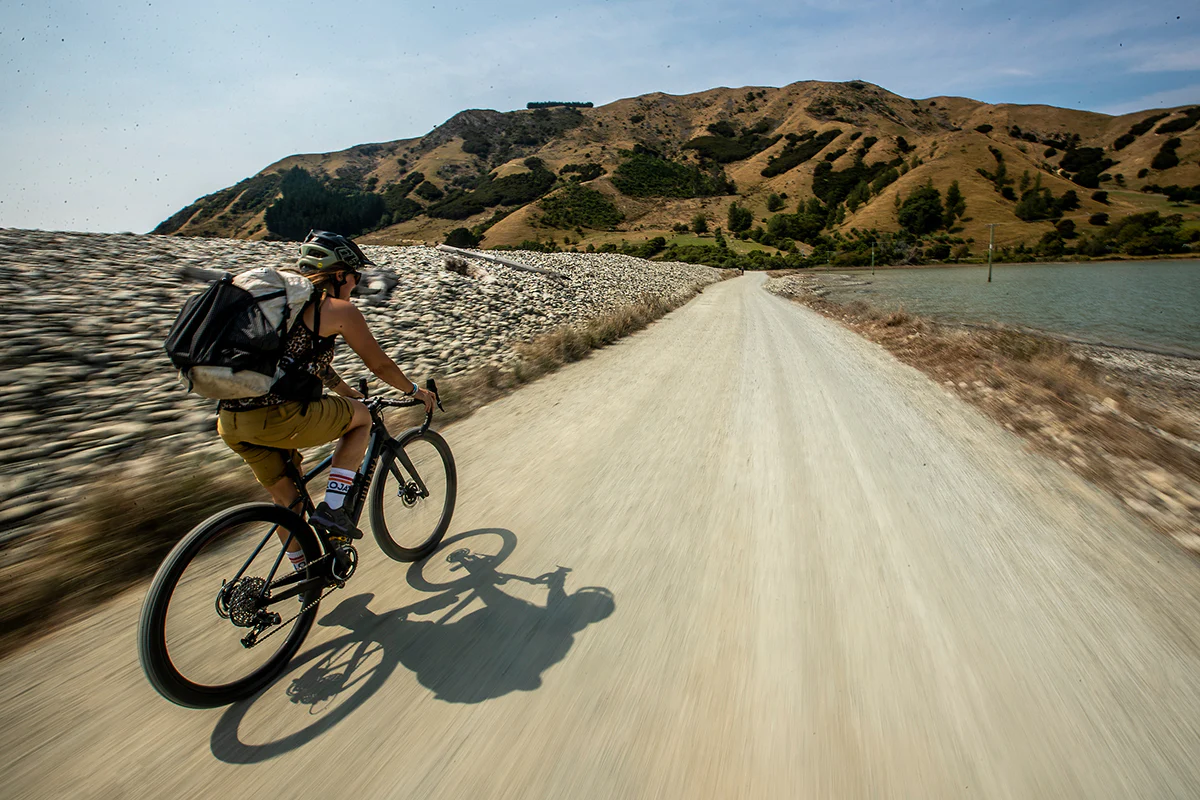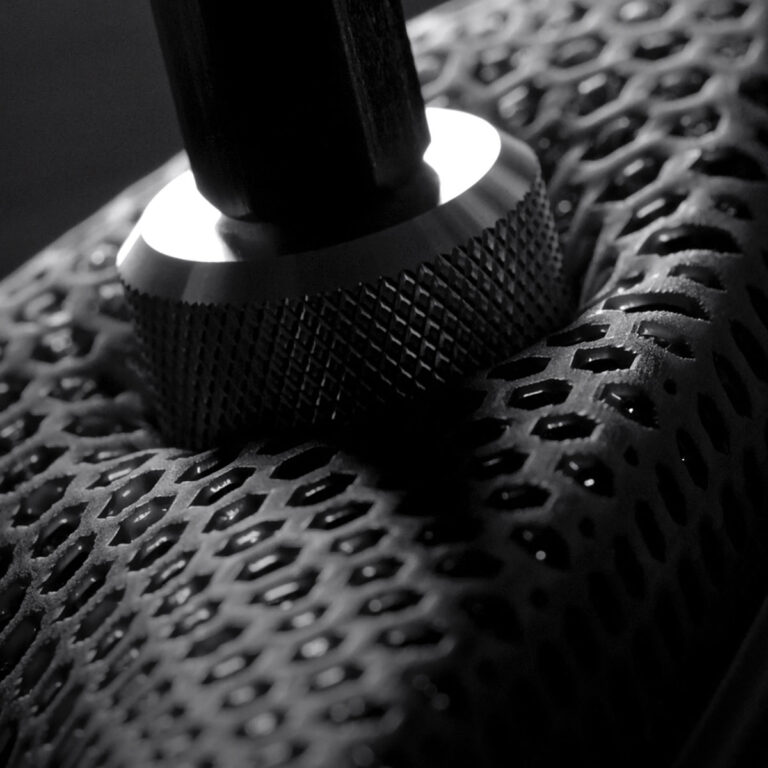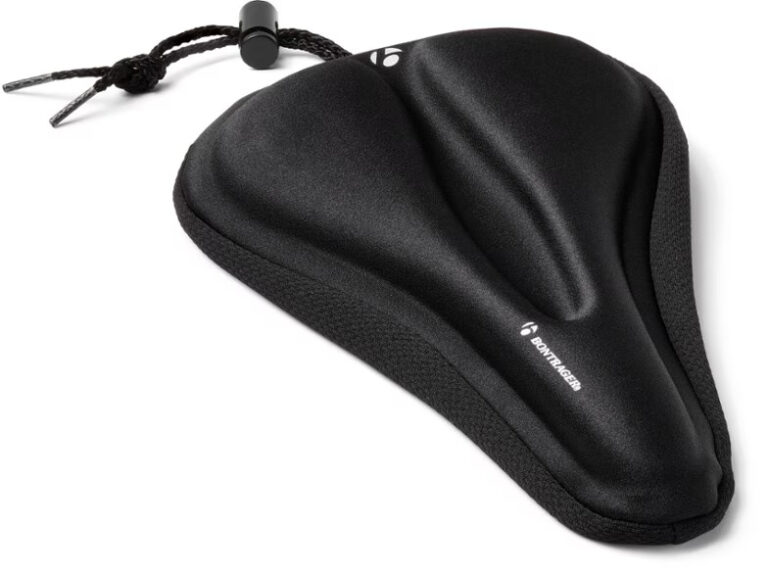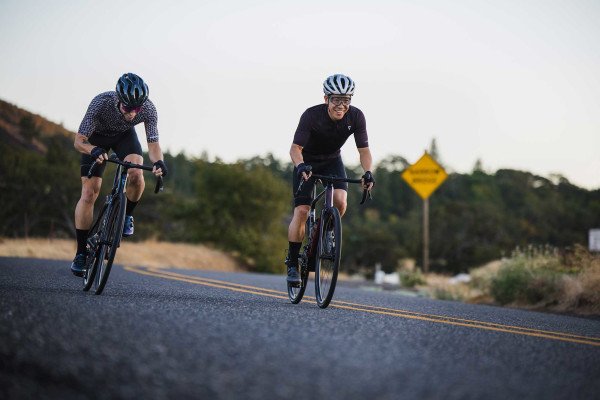Importance of Saddle Shape in Gravel Biking: The Crucial Role of Enhancing Comfort and Performance in Gravel Biking
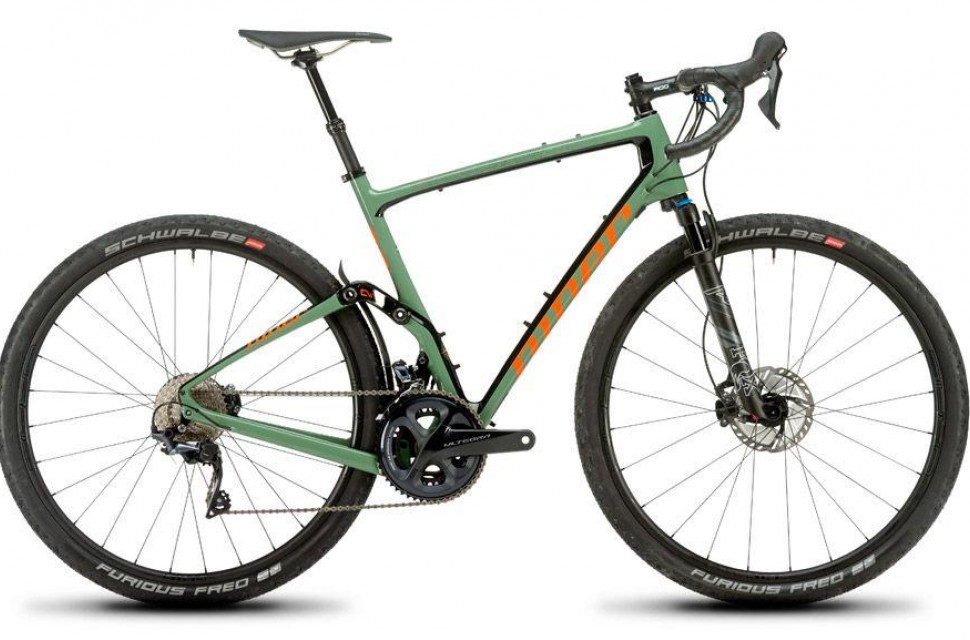
Key Point Summary of Importance of Saddle Shape in Gravel Biking:
- Saddle Shape and Riding Comfort: Exploring how different saddle shapes affect comfort in gravel biking.
- Ergonomics and Performance: The relationship between saddle design and cycling ergonomics.
- Personalizing Your Ride: Finding the right saddle shape for your body type and riding style.
As a master cyclist with a rich background in racing and riding across various disciplines – mountain bikes, gravel bikes, cyclocross bikes – I’ve come to appreciate the subtle yet significant role that saddle shape plays in the overall cycling experience, particularly in gravel biking. This piece is crafted with beginner to mid-level cyclists in mind, sharing insights and personal anecdotes to help you understand and navigate the world of saddle shapes.
Saddle Shape and Riding Comfort
The shape of your saddle is pivotal in determining comfort, especially in gravel biking where you encounter a mix of terrains. Broadly, there are a few types of saddle shapes:
- Flat Saddles: Great for riders with a more aggressive, forward-leaning posture. I remember switching to a flat saddle for a gran fondo and the difference in comfort and power transfer was remarkable.
- Curved Saddles: Better suited for those who ride in a more upright position. I found that a curved saddle offered more comfort during long, leisurely rides.
- Cut-out Saddles: Designed to reduce pressure in sensitive areas. My experience with a cut-out saddle was a game-changer during a multi-day gravel event, alleviating discomfort significantly.
In our exploration of saddle shapes, it’s worth mentioning Wilderness Trail Bikes (WTB), known for producing outstanding saddles catering to various needs and preferences. They offer a range of options, from Narrow to Wide, enhancing riders’ comfort across different terrains.
- WTB’s Koda: This saddle falls into the Medium-shape category. It’s designed to strike a balance between support and freedom of movement, making it a great choice for a variety of gravel biking adventures. The Koda’s design is often lauded for its versatility and comfort, particularly over longer distances.
- WTB’s Rocket: For those who prefer a Wide-shape saddle, the Rocket is a top contender. It’s known for providing ample support, especially for riders who have wider sit bones or prefer a more upright riding position. This saddle is often recommended for its comfort on long, endurance gravel rides.
- WTB’s Volt: Though not as prominent as the Koda or Rocket in the context of gravel biking, the Volt, with its Narrow shape, is still a noteworthy option. It’s designed for riders who favor a more aggressive, forward-leaning posture, typically seen in performance-oriented gravel biking.

Each of these saddles reflects WTB’s commitment to combining comfort with performance. They’ve been recognized in many Best Gravel Bike Saddle lists (including ours!), indicative of their popularity and effectiveness in the gravel biking community. The key takeaway here is the importance of choosing a saddle that not only fits your body type but also aligns with your riding style and the specific demands of gravel biking.
While brands like WTB offer great options, the best saddle for you is one that feels right during your rides. Comfort, support, and performance should all be considered when selecting your ideal gravel bike saddle.
When considering the best brands for gravel bike saddles, a few stand out for their quality and design:
- Brooks England: Renowned for classic leather saddles, Brooks combines traditional craftsmanship with comfort. Models like the Brooks C17 cater well to the demands of gravel biking.
- Selle Italia: Known for high-performance saddles with innovative designs, Selle Italia offers ergonomic shapes and lightweight options ideal for both road and gravel cycling.
- Fizik: Favored for sleek design and comfort, Fizik provides a variety of saddles suited to different riding styles. Their Terra series is specifically designed for off-road and gravel riding.
- Specialized: Specialized saddles are engineered based on sports medicine research. Their Body Geometry designs are tailored to offer optimum comfort and performance for various cycling disciplines, including gravel biking.
Ergonomics and Performance
Saddle shape directly impacts cycling ergonomics and, consequently, performance. A well-chosen saddle aligns with your pelvic geometry and riding style, allowing for efficient power transfer and reducing the risk of injury.
- Wide vs. Narrow Saddles: Narrow saddles facilitate greater freedom of movement, which is crucial for aggressive riding. Conversely, wider saddles offer more support and are preferable for endurance riding. I oscillate between the two on my gravel bike based on the ride’s nature.
- Saddle Padding: The amount and type of padding also play a role in ergonomics. Too much padding can lead to chafing on longer rides, while too little might be uncomfortable on rough gravel paths.
Personalizing Your Ride
Finding the right saddle shape is a personal journey. It’s important to consider your body type, riding style, and the kind of gravel biking you do.
- Body Type: Your anatomy dictates the width and shape of the saddle. For instance, riders with wider sit bones may prefer a broader saddle.
- Riding Style: Aggressive riders might lean towards narrower, flatter saddles, while casual riders might prefer wider, more cushioned options.
- Experimentation: Don’t shy away from trying different saddle shapes. I went through several saddles before finding my perfect one.
Conclusion
In gravel biking, as in all forms of cycling, the right saddle shape can elevate your riding experience significantly. It’s worth investing the time and effort to find a saddle that fits you well. What works for one rider may not work for another. So, embrace the process of testing different saddles and trust your body’s feedback.
FAQ
Is my saddle too high?
To determine if your saddle is too high, look for these signs:
- Hip Rocking: If your hips rock side to side while pedaling, it’s a sign the saddle is too high.
- Overextending Knees: If you have to stretch your legs to reach the pedals at the bottom of the stroke, causing your knees to overextend, your saddle might be too high.
- Discomfort: Experiencing pain in the back of the knees or in the hips can also indicate a saddle that is set too high.
Proper saddle height is crucial for comfortable and efficient cycling. It’s important to adjust it to a level where your leg has a slight bend at the knee when the pedal is at its lowest point.
How do I choose a gravel bike saddle?
Choosing a gravel bike saddle involves considering several factors:
- Riding Style: Determine if your riding style is aggressive or more relaxed, as this impacts the shape and padding of the saddle.
- Saddle Shape: Choose between flat, curved, or cut-out saddles based on your flexibility and riding position.
- Width: Ensure the saddle width matches your sit bone width for proper support.
- Material and Padding: Look for materials and padding levels that provide comfort without compromising performance.
- Personal Preference and Comfort: Ultimately, personal comfort is key. It’s advisable to test different saddles, if possible, to find the one that feels best for you.
I hope this article on the importance of saddle shape in gravel biking has been informative and helpful. Whether you’re a seasoned cyclist or just starting out, understanding how saddle shape affects your comfort and performance is key to enhancing your riding experience. The journey to finding the perfect saddle is unique to each rider, so take your time and experiment to find what works best for you.
Happy cycling, and may your adventures on gravel roads be comfortable and enjoyable!
John
